ESMO’s Road Map for Safe and Effective Use of AI-LLMs in Cancer Care: 23 Rules from 20 Experts
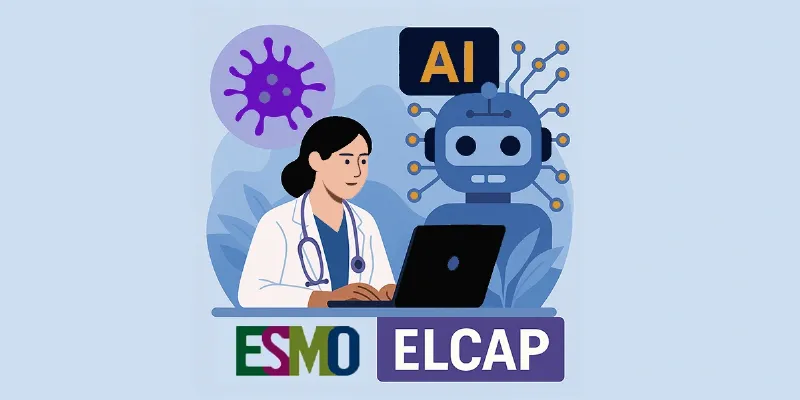

ESMO’s new ELCAP guidance, published in Annals of Oncology, distills 23 consensus statements from 20 experts to safely integrate large language models into cancer care. It categorizes LLMs as patient-facing, clinician-facing, or background systems, requiring human oversight, local validation, privacy-by-design, and continuous monitoring.
When large language models (LLMs) first entered clinics, they promised smoother documentation, faster evidence look-ups, and round-the-clock answers for anxious patients. They also brought new risks: hallucinated facts, opaque data flows, and unclear accountability. At ESMO 2025 in Berlin, the European Society for Medical Oncology introduced the first oncology-specific playbook to capture both truths. Published in Annals of Oncology, the ESMO Guidance on the Use of Large Language Models in Clinical Practice—ELCAP—turns broad principles into practical instructions health systems can act on.
“ESMO’s priority is to ensure that innovation translates into measurable benefit for patients and workable solutions for clinicians. With ELCAP, ESMO provides a pragmatic, oncology‑specific framework that embraces AI while upholding clinical responsibility, transparency and robust data protection,” said Fabrice André, ESMO President in his statement.
Three ways LLMs enter oncology
ELCAP sorts LLMs into three types because user and context dictate both benefit and risk:
- Type 1: Patient-facing tools. Chatbots for education, symptom queries, logistics and basic coping advice. They can reduce uncertainty between visits, but incomplete patient input or missing clinical context can yield misleading answers. ELCAP is explicit: these tools should complement, not replace, clinical care, operate in supervised pathways, and protect privacy by design.
- Type 2: Clinician-facing tools. Decision support, note drafting, translation, literature synthesis. These must be validated, clearly disclose limitations, and keep the clinician accountable for every clinical decision. LLM suggestions should be checked against guidelines and source data; uploading identifiable health information to external systems is out of bounds without robust safeguards.
- Type 3: Background institutional systems. Quietly embedded in the EHR, these automate data extraction, trial-matching, summaries, and ambient scribing. They require pre-deployment testing, continuous monitoring for bias and drift, strong institutional governance, and re-validation after any workflow or data change. Crucially, clinicians should know when such systems are operating around them.
Across all types, ELCAP underscores a mundane but decisive fact: output reliability mirrors input quality. Gaps in documentation or partial queries invite errors and undermine trust.
In an exclusive interview with ESMO Daily Reporter, Prof. Miriam Koopman, Chair of the ESMO Real World Data & Digital Health Task Force, emphasised that the true value of LLMs in oncology “depends on who is using them.” By distinguishing patient-facing, clinician-facing, and background institutional systems, ELCAP “sets expectations for each context: supervised pathways for patients, validated and transparent tools for clinicians, and continuously monitored, well-governed systems embedded in electronic health records.”
What’s new in this guidance
ELCAP moves beyond general AI ethics statements to oncology-specific operations. A 20-member international panel spanning medical oncology, AI, statistics, digital health, ethics, and the patient voice used a Delphi process to distill 23 consensus statements into day-to-day rules. The guidance focuses on assistive LLMs under human oversight and flags the next frontier—autonomous “agentic” systems that initiate actions—as requiring separate safeguards.
Prof. Koopman notes that while LLMs are already integrated into cancer care, understanding their boundaries is critical. “Greater awareness is needed regarding which solutions these systems can or cannot provide to address specific needs,” she said.
Incomplete or incorrect input data can lead to misleading results, or even “AI-generated hallucinations,” potentially affecting clinical decisions. Likewise, when patients seek tailored advice but provide vague or partial information, the system may respond inaccurately. ELCAP’s three-tier framework, she added, helps oncologists and developers “recognise where AI can truly support care—and where its use may involve significant risks.”
Two implementation realities are addressed head-on:
- Interoperability and fragmentation. Europe’s hospital-by-hospital EHR mosaic complicates background AI. ELCAP points to the EU’s new European Health Data Space as a path to harmonised governance, data exchange, and validation.
- Regulatory heterogeneity. LLMs often arrive before clear device classifications. ELCAP argues for modular governance: preserve core safeguards (transparency, validation, oversight), and adapt the wrapper to local legal frameworks.
How this lands in the clinic
Type 1 — Patient-Facing LLMs (8 Rules)
- Use only as educational or supportive tools, not for urgent medical advice.
- Operate under supervision within clinical pathways.
- Ensure clarity in patient questions to reduce AI misinterpretation.
- Patients must verify AI advice with their healthcare team.
- Do not replace consultations during acute illness.
- Protect privacy—no personal data on unsecured platforms.
- Encourage open dialogue between patients and clinicians about AI outputs.
- Embed chatbots within human-guided, validated workflows, not as stand-alone apps.
Type 2 — Clinician-Facing LLMs (8 Rules)
- Verify AI outputs against guidelines and clinical evidence.
- Maintain human accountability for all care decisions.
- Use LLMs to reduce administrative burden, not clinical judgment.
- Disclose AI use when it influences patient communication or documentation.
- Never delegate final decisions or treatment plans to AI.
- Recognize AI may carry biases or outdated data; interpret critically.
- Protect patient data—use only secure, institutionally approved systems.
- Keep human interaction central to patient care and teamwork.
Type 3 — Background / Institutional LLMs (7 Rules)
- Maintain complete, accurate documentation to ensure reliable outputs.
- Validate AI tools locally before deployment in real workflows.
- Continuously monitor performance for bias, drift, or errors.
- Train staff to question and audit automated results.
- Establish formal governance and accountability structures.
- Avoid fully automated decision-making for critical diagnoses or actions.
- Revalidate systems after software, workflow, or data-source changes.
The bottom line
LLMs are already woven into oncology—from the front desk to the tumor board. ELCAP gives the field a shared language and a practical checklist to capture efficiency gains without compromising clinical judgment, equity, or privacy. With ELCAP, the mandate is clear: adopt boldly, validate locally, supervise always. That is how AI becomes an asset in cancer care, not another source of noise.
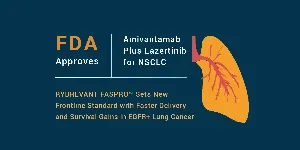
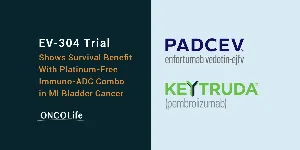

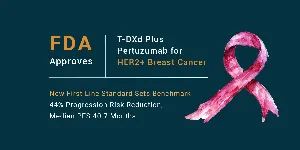






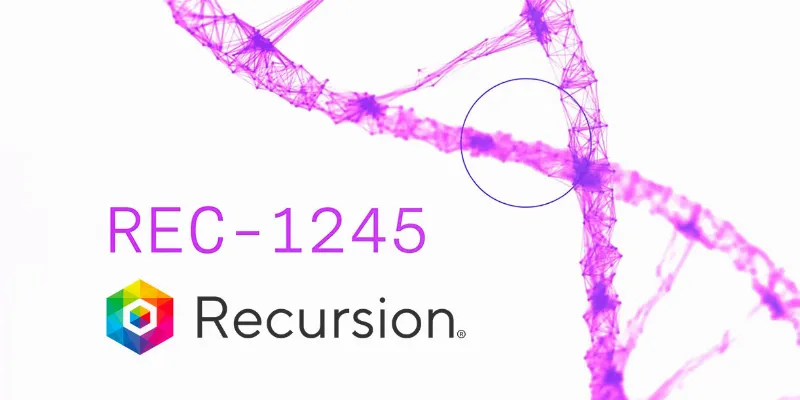
Comments
No Comments Yet!